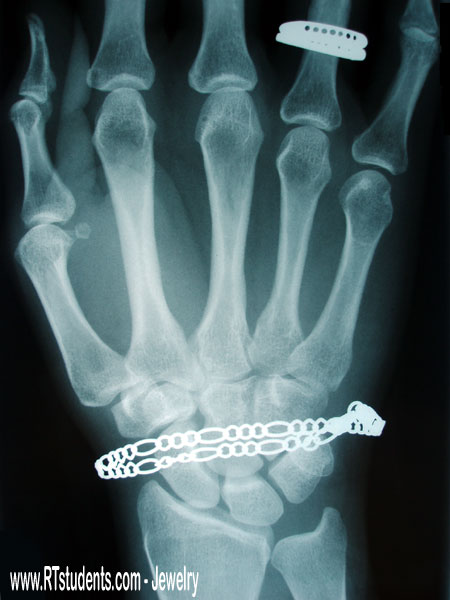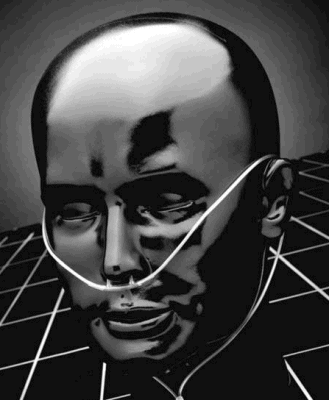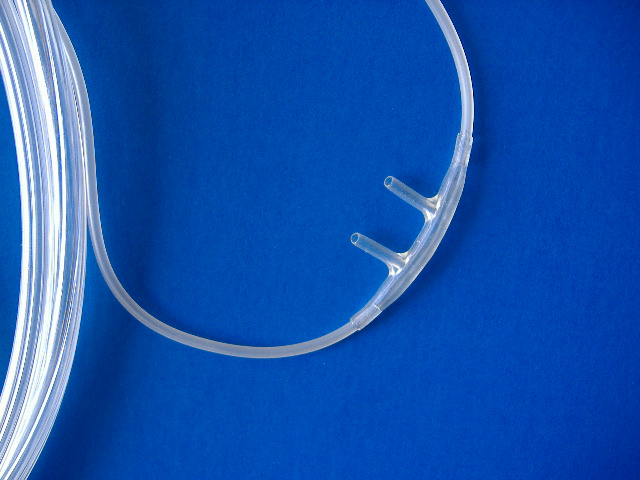Tingkat kesadaran
Tingkat kesadaran adalah ukuran dari kesadaran dan respon seseorang terhadap rangsangan dari lingkungan, tingkat kesadaran dibedakan menjadi :
- Compos Mentis (conscious), yaitu kesadaran normal, sadar sepenuhnya, dapat menjawab semua pertanyaan tentang keadaan sekelilingnya.
- Apatis, yaitu keadaan kesadaran yang segan untuk berhubungan dengan sekitarnya, sikapnya acuh tak acuh.
- Delirium, yaitu gelisah, disorientasi (orang, tempat, waktu), memberontak, berteriak-teriak, berhalusinasi, kadang berhayal.
- Somnolen (Obtundasi, Letargi), yaitu kesadaran menurun, respon psikomotor yang lambat, mudah tertidur, namun kesadaran dapat pulih bila dirangsang (mudah dibangunkan) tetapi jatuh tertidur lagi, mampu memberi jawaban verbal.
- Stupor (soporo koma), yaitu keadaan seperti tertidur lelap, tetapi ada respon terhadap nyeri.
- Coma (comatose), yaitu tidak bisa dibangunkan, tidak ada respon terhadap rangsangan apapun (tidak ada respon kornea maupun reflek muntah, mungkin juga tidak ada respon pupil terhadap cahaya).
Perubahan tingkat kesadaran dapat diakibatkan dari berbagai faktor, termasuk perubahan dalam lingkungan kimia otak seperti keracunan, kekurangan oksigen karena berkurangnya aliran darah ke otak, dan tekanan berlebihan di dalam rongga tulang kepala.
Adanya defisit tingkat kesadaran memberi kesan adanya hemiparese serebral atau sistem aktivitas reticular mengalami injuri. Penurunan tingkat kesadaran berhubungan dengan peningkatan angka morbiditas (kecacatan) dan mortalitas (kematian).
Jadi sangat penting dalam mengukur status neurologikal dan medis pasien. Tingkat kesadaran ini bisa dijadikan salah satu bagian dari vital sign.
Penyebab Penurunan Kesadaran
Penurunan tingkat kesadaran mengindikasikan difisit fungsi otak. Tingkat kesadaran dapat menurun ketika otak mengalami kekurangan oksigen (hipoksia); kekurangan aliran darah (seperti pada keadaan syok); penyakit metabolic seperti diabetes mellitus (koma ketoasidosis) ; pada keadaan hipo atau hipernatremia ; dehidrasi; asidosis, alkalosis;
pengaruh obat-obatan, alkohol, keracunan: hipertermia, hipotermia; peningkatan tekanan intrakranial (karena perdarahan, stroke, tomor otak); infeksi (encephalitis); epilepsi.
Mengukur Tingkat Kesadaran
Salah satu cara untuk mengukur tingkat kesadaran dengan hasil seobjektif mungkin adalah menggunakan GCS (Glasgow Coma Scale). GCS dipakai untuk menentukan derajat cedera kepala. Refleks membuka mata, respon verbal, dan motorik diukur dan hasil pengukuran
dijumlahkan jika kurang dari 13, makan dikatakan seseorang mengalami cedera kepala, yang menunjukan adanya penurunan kesadaran. Metoda lain adalah menggunakan sistem AVPU, dimana pasien diperiksa apakah sadar baik (alert), berespon dengan kata-kata (verbal), hanya berespon jika dirangsang nyeri (pain), atau pasien tidak sadar sehingga tidak berespon baik verbal maupun diberi rangsang nyeri (unresponsive).
Ada metoda lain yang lebih sederhana dan lebih mudah dari GCS dengan hasil yang kurang lebih sama akuratnya, yaitu skala ACDU, pasien diperiksa kesadarannya apakah baik (alertness), bingung / kacau (confusion), mudah tertidur (drowsiness), dan tidak ada respon (unresponsiveness).




















